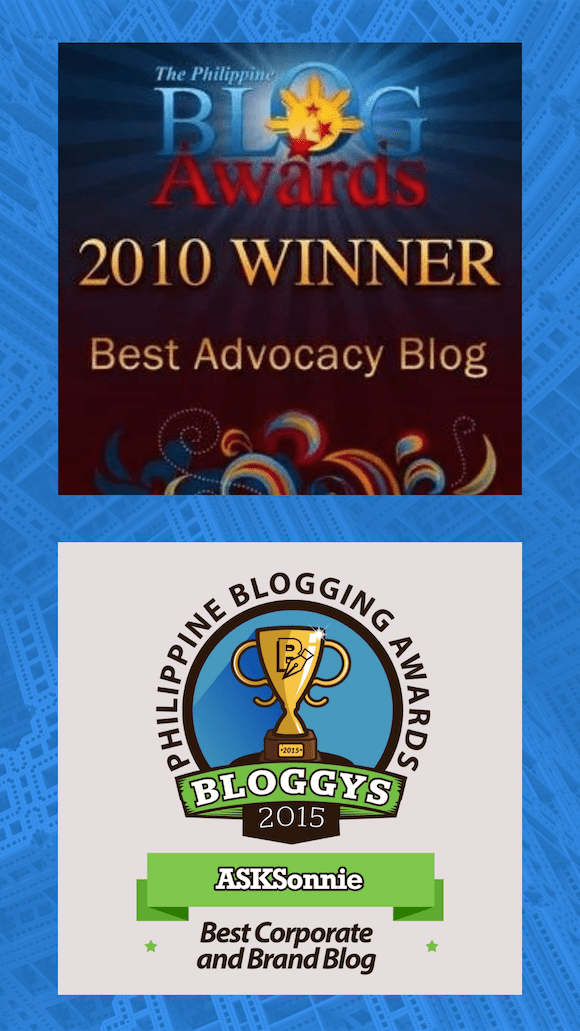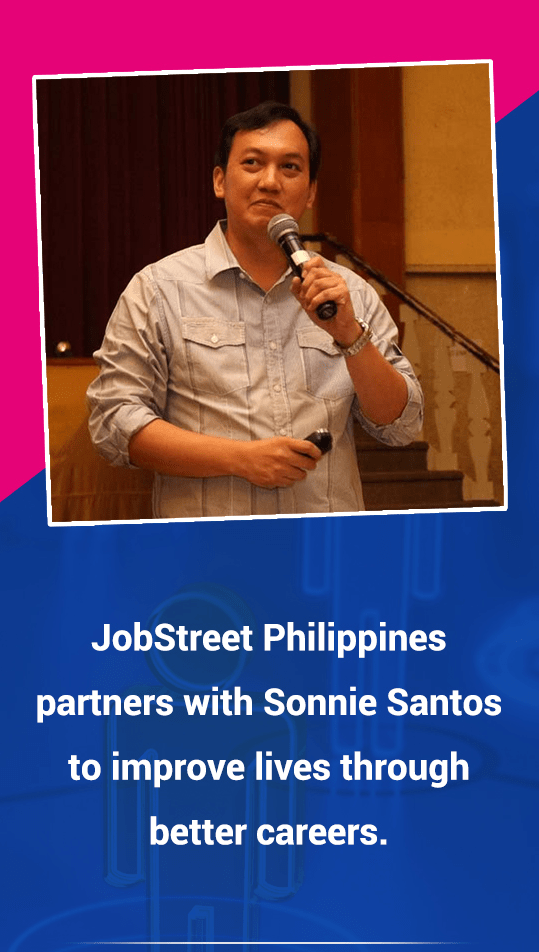Update 9.7.21: This post was updated to synergize the other articles of the series, and the contribution of other HR writers to make learning easier. Click the link within the post to bring you to the sub-topics for expanded discussion
Whether you’re an HR, manager or an entrepreneur, knowledge of due process and the admin procedure will come in handy when dealing with problematic employee behavior in the workplace.
When the rights of both employees and management collide, the workplace can be toxic leading to low employee morale. The mechanism that balances the rights of both sides is what the law calls due process. Non-observance of this can result in deeply rooted mistrust, embarrassment, and monetary damage to both the company and the employee.
And in this context, I am starting completed a blog series that will explained in practical terms, the end-to-end application of due process in the workplace
To give you an overview, due process is both substantive and procedural. Documentation is carried out via the twin memos- the notice to explain and notice of decision to serve as proof of compliance. A preventive suspension can be included in the mix depending on the case, and an administrative meeting though not required is highly encouraged to further give employees the opportunity to explain themselves in high-level cases.
It is in the best interest of both parties to adhere to this to avoid emotionally draining and time-consuming grievance and/or labor cases. For employees, by observing 30 days rendering period when resigning. For employers, when an intervention will directly affect employment, like employee discipline, termination because of unacceptable behavior, financial losses or reengineering, and health reasons.
The purpose of this series is to promote industrial peace. Work itself is stressful, so eliminating unnecessary stressors is prudent. In the process, we are co-creating a rights-based positive workplace environment.
Let’s begin the journey!
Discover more from ASKSonnie.INFO
Subscribe to get the latest posts sent to your email.







May I know if we are allowed to terminate the probationary period of an employee (due to poor performance) before the end of her probationary period? She’s been with us for only a month but we are having difficulties with this employee.
Hi Kareen,
yes you can terminate employment, provided you can substantiate basis. if, however, performance is lone basis, you need to give ample time for employee to reform him/herself.
That was quite an in-depth explanation on termination however I find them rather bookish. What I would like to see is something that has to do with termination due to poor performance and how you go about it as a Human Resource practitoner. Congratulations on your very successful blog.